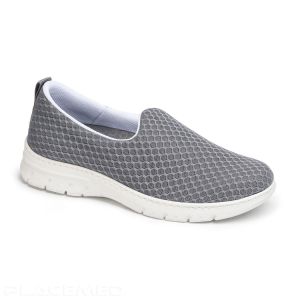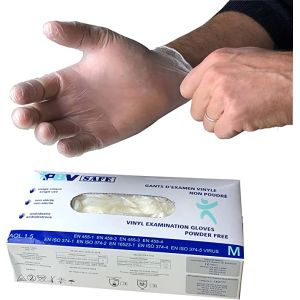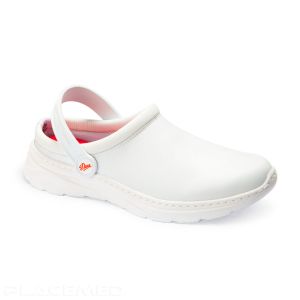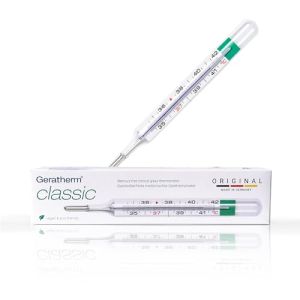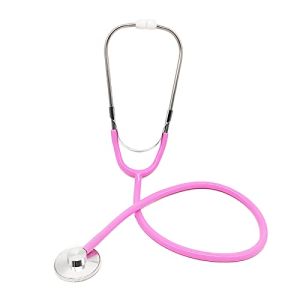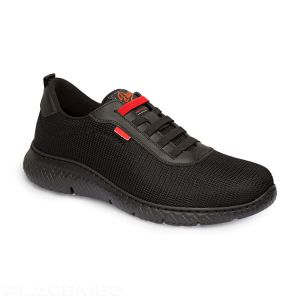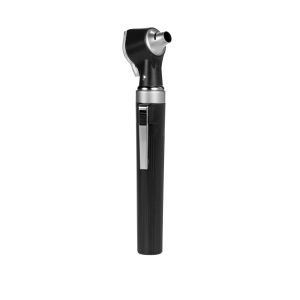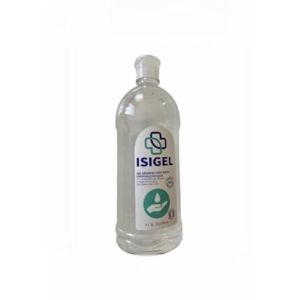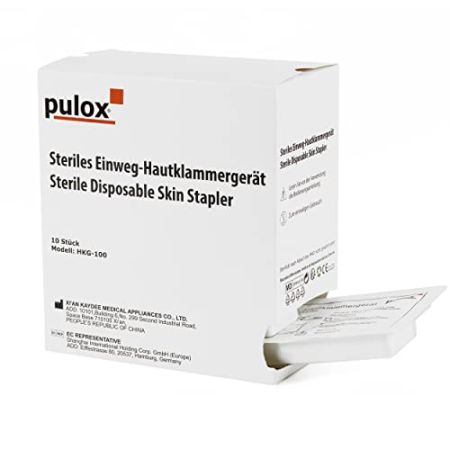
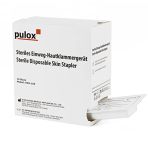
10x Pulox Disposable Sterile Skin Stapler - With 35 Staples Each
Set of 10 sterile skin staplers, lightweight and ergonomic, containing 35 staples each, for safe and quick closure of surgical and simple wounds.
- 35 staples per stapler
- Sterile and single-use
- Quick and safe wound closure
- Lightweight and ergonomic design
- Professional use
Estimated shipping time: 3 business days
A trusted intermediary
Certified professionals
Secure transactions
Certified professionals
Secure transactions
77.42€ Excl Tax
92.90€ Incl Tax
Estimated delivery on 22/12/2025
In Stock
Sold by
Amazon
Customer reviews
Read reviews
Specifications
| SKU | B00ZCK2USS |
|---|---|
| EAN |
ND
|
Description
Description - 10x Pulox Disposable Sterile Skin Stapler - With 35 Staples Each
The 10x Pulox skin stapler set provides a practical and safe solution for quickly closing small and surgical wounds. Each stapler, sterile-packed, contains 35 staples designed for single-use. Featuring an ergonomic design, these tools require minimal effort and prevent slipping during application. Lightweight and easy to handle, these staplers are ideal for hospitals, medical offices, emergency services, and paramedics. They ensure quick and simple use for healthcare professionals while providing optimal safety for patients. A perfect choice for demanding medical applications.
Reviews (0)
 Francais
Francais 


